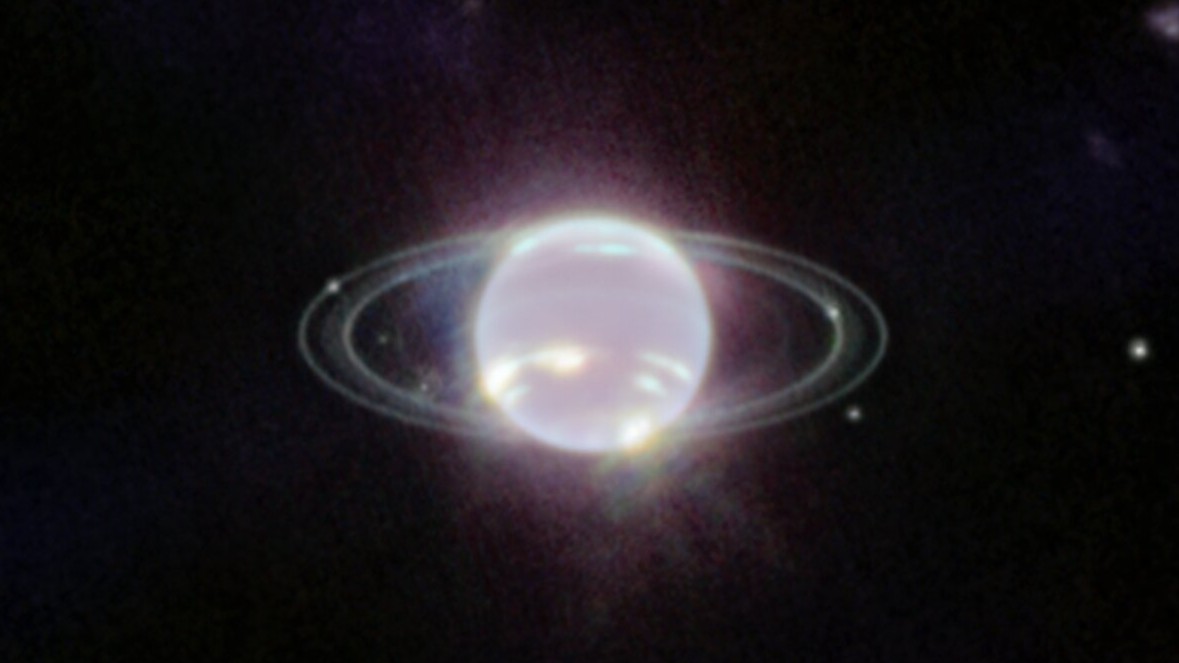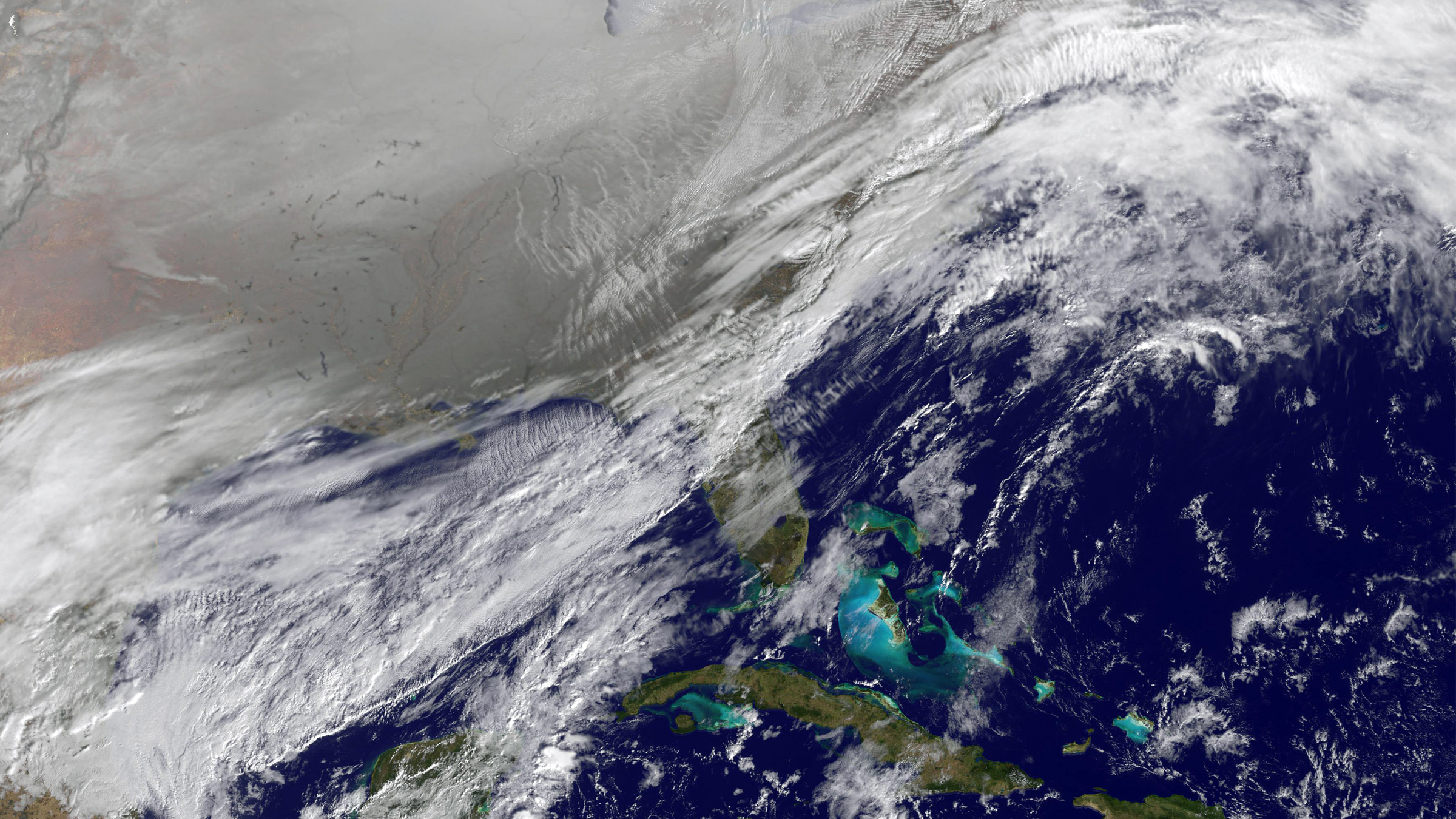Ghostly rings of Neptune shine in new James Webb Telescope images
Eat your heart out, Saturn.

When it comes to planetary rings, Saturn is the undisputed poster child. But now a new contender enters the, er, ring — courtesy of a stunning new image taken by the James Webb Space Telescope (JWST).
In the new picture, released today (Sept. 21) by the European Space Agency (ESA), our solar system's eighth planet Neptune shimmers like a glorious crystal ball, with a stack of gauzy rings wrapped magically around it.
Astronomers have known for several decades that the ice giant, located about 30 times farther from the sun than Earth, has five rings made chiefly of icy dust. The new image reveals those frigid rings in crisper detail than any survey has since the Voyager 2 probe passed within a few thousand miles of Neptune in 1989, according to the ESA.

"In addition to several bright narrow rings, the Webb images clearly show Neptune's fainter dust bands," ESA researchers wrote in a statement. "Webb's extremely stable and precise image quality permits these very faint rings to be detected so close to Neptune."
Floating near the edge of our solar system, Neptune is a world of near-permanent twilight, invisible to the naked eye. But in visible light images taken by Voyager 2 and the Hubble Space Telescope, Neptune appears a striking blue.
That coloration comes from methane in the planet's cloudy atmosphere, which likely stretches down to great depths within the planet before melding into a super-hot ocean of melted ice, ammonia and other compounds, according to NASA. To the JWST, which uses a special sensor to capture light at near-infrared wavelengths, those methane clouds shine eerily with reflected sunlight, giving the planet a more ghostly, white appearance.
Another striking feature in the new JWST image are Neptune's moons. Seven of the planet's 14 known moons are on display here, including its largest, Triton — seen as the severely spiky point of light in the upper left corner. While it looks like a bright star, Triton is actually just an extremely reflective, icy rock.
Get the world’s most fascinating discoveries delivered straight to your inbox.
"Covered in a frozen sheen of condensed nitrogen, Triton reflects an average of 70 percent of the sunlight that hits it," according to the ESA. "It far outshines Neptune because the planet's atmosphere is darkened by methane absorption at Webb's wavelengths."
The JWST commenced operations on July 12, and has already released an array of spellbinding images of the cosmos, focusing on objects both near to Earth and mind-bogglingly far away. The telescope will continue observing both Neptune and Triton in the coming year, according to the ESA.
Originally published on Live Science.

Brandon is the space/physics editor at Live Science. His writing has appeared in The Washington Post, Reader's Digest, CBS.com, the Richard Dawkins Foundation website and other outlets. He holds a bachelor's degree in creative writing from the University of Arizona, with minors in journalism and media arts. He enjoys writing most about space, geoscience and the mysteries of the universe.
